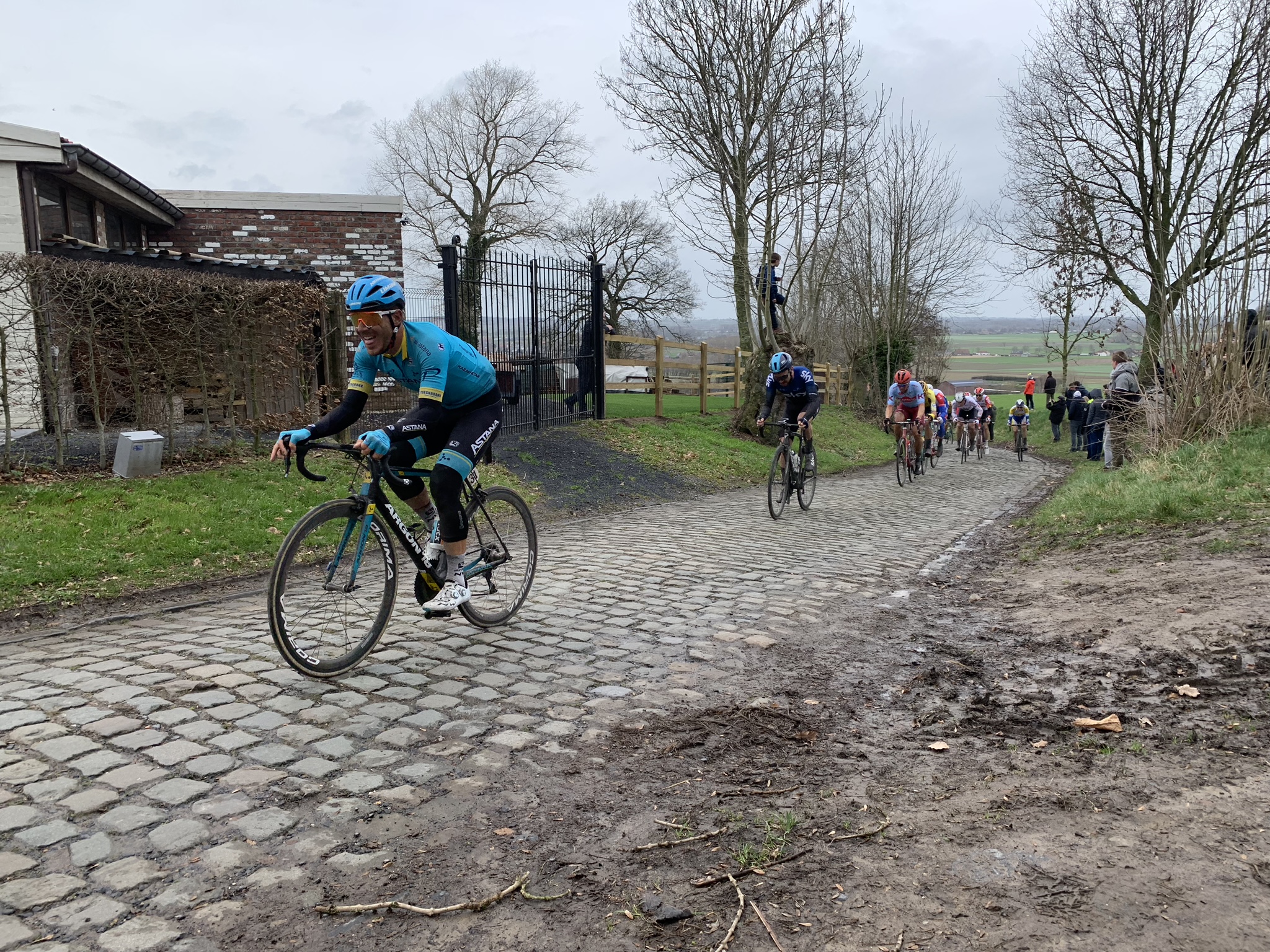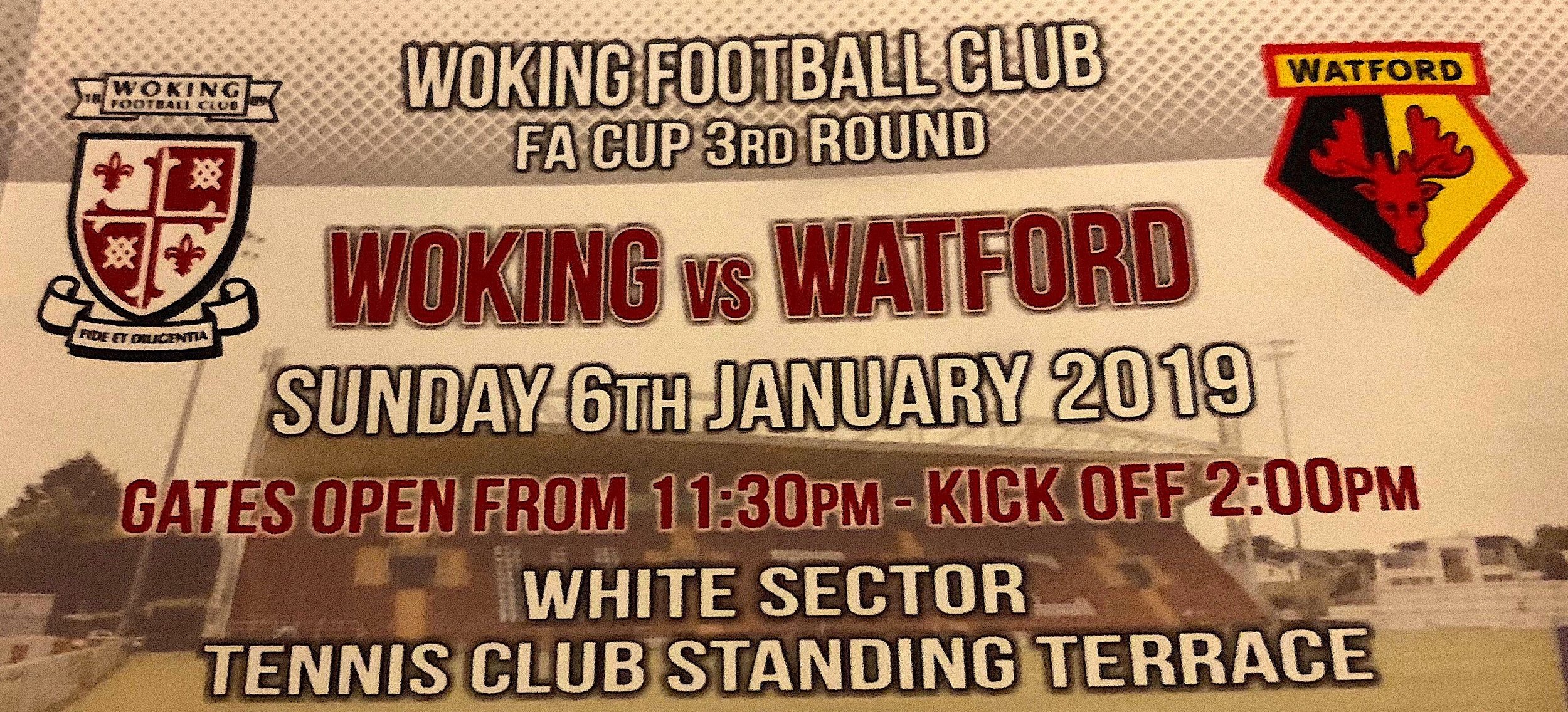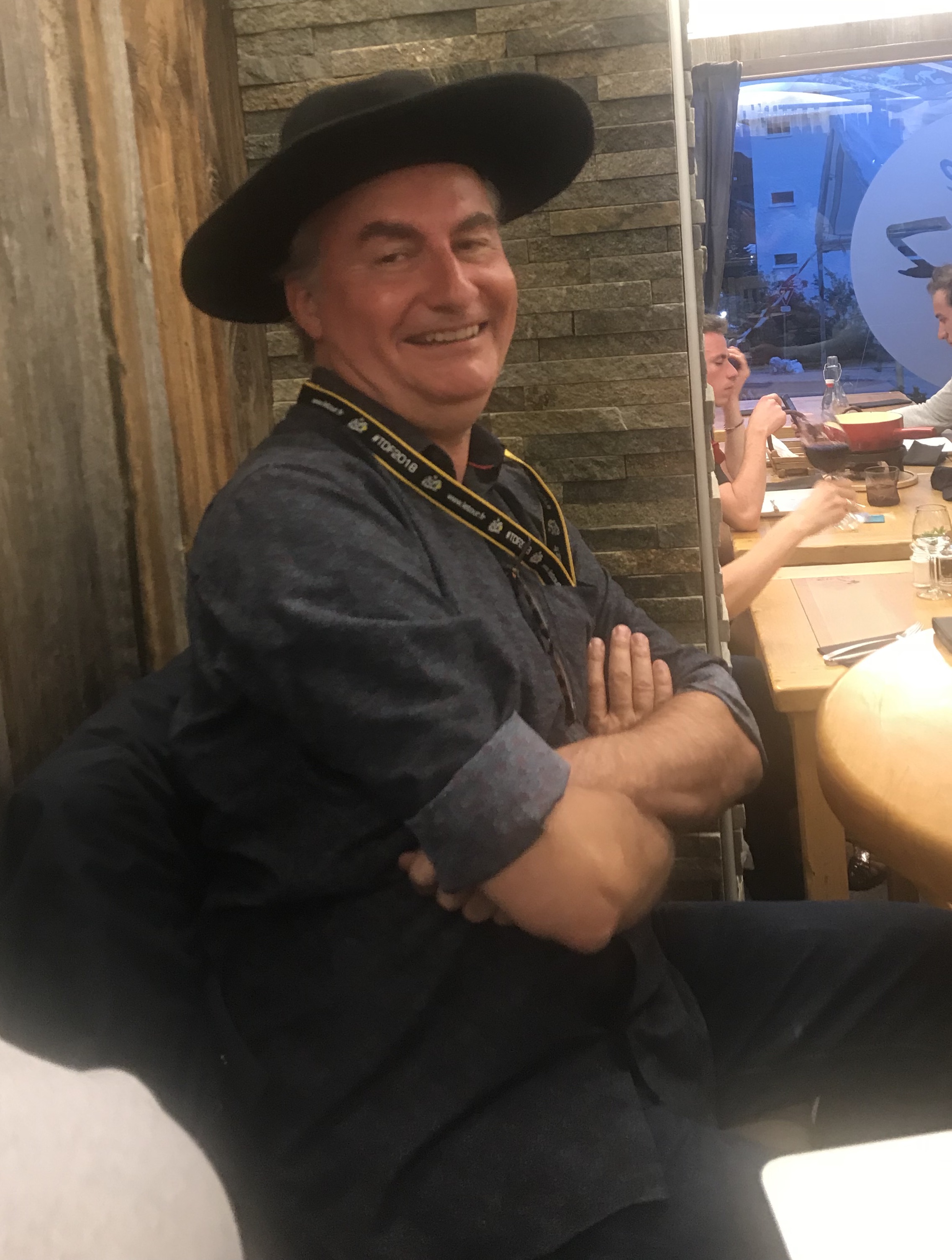Twenty years ago, on a cool May evening, a small group of us stumbled out of The Horns pub in Watford at closing time. A few hours earlier Watford had beaten Grimsby Town 1-0 to confirm their place in the Division One play-offs.
As the fresh night air filled my lungs, I put my arm round my late friend Simon Ricketts’ shoulders and burst into song.
‘She wore, she wore, she wore a yellow ribbon,
She wore a yellow ribbon in the merry month of May.
And when
I asked
Her why she wore the ribbon,
She said it was for Watford and we’re going to Wem-ber-ley.’
We went our separate ways, both still singing until I could no longer hear him and I lowered my voice to a whisper and carried on alone.
A few weeks later, Watford did play at Wembley. They beat Bolton Wanderers 2-0 to win promotion and restore Graham Taylor’s reputation as a brilliant manager after his years of hurt with England.
That night, a group of us celebrated together and at about eight o’clock my Dad produced a large plastic lunch box filled with little sandwiches and cocktail sausages. There were smoked salmon and cream cheese, egg and cress, ham and mustard.
Simon always remembered that, the impromptu picnic in the pub.
There’s a tradition in Watford that the supporters jump in The Pond at the top of town when the football team has achieved something special. That night, Simon was the only one of our group who honoured the tradition. Of course he was. He slept on my sofa that night, before going to work in the same jeans, and leaving a reedy, metallic whiff of pond that lasted longer than Watford’s stay in the Premier League that time round.
* * *
Three weeks ago, as the players entered the field for the FA Cup quarter-final against Crystal Palace, a shower of yellow papery ribbons fell from the roof of the Graham Taylor Stand above my head. It was as if a giant party popper had been let off.
As the ribbons detached and fell around me I instinctively grabbed a length and stuffed it in my coat pocket.
Last week, when I was in London, I reached into my pocket for my train ticket and the length of ribbon flew out and blew along the street. For a split second I thought about leaving it but then had a moment of panic that it might be a bad omen to let it go so I stooped to pick it up. Naturally, the breeze caught it just as I went to grab it and carried the ribbon cartoonishly out of my reach. I had to shuffle after it and make a couple more grabs until I could gather it and put it safely back in my pocket.
* * *
At some point in the last ten or 15 years, Simon fell out of love with Watford, or more to the point he fell out of love with the way football at the highest level had gone. The money, the shouty or idiotic opinions, the anger, the relentlessness of it all.
Simon found what he was missing at Wealdstone, a non-league club that is as honest and raw as they come. He could go to a game and care about it for its duration and enjoy the togetherness with a sense of perspective and not the bluster and ridiculous hype.
But he still cared about Watford in as much as he cared about his friends who still cared. He’d ask me how my ‘golden goons’ were getting on. He’d watch the odd game on TV and admit that Doucouré was quite a good player. He worked with me to complete Graham Taylor’s autobiography after Graham died. Last summer, when Simon was very ill, we went to see the statue of Watford’s greatest ever manager outside Vicarage Road and spent a little while remembering the old days.
We talked about the 1980s and how Simon had missed Watford’s FA Cup final in 1984 because he had to go to a family party. It still burned that his older brother had been allowed to go. It meant a lot to Simon that he, his brother and their Dad all went to Wembley in 1999 for the play-off final. We talked about that too, and Simon mentioned the picnic in the pub, of course.
‘Where do you and your Dad sit these days?’ he asked.
‘Over the far side, in the Graham Taylor Stand.’
‘Does it feel the same now as it did then?’ he asked, as he sat beside Graham’s statue on the bench.
‘It does. It’s different in a lot of ways, but it does,’ I said.
‘Good,’ he said.
As we walked back to the car, he said, ‘You’ll get to another cup final soon, I reckon.’
At the time it just felt like words. A nice thing for a friend to say to another friend. But as my packed train pulled into Harrow and Wealdstone station on the way back from Wembley last night, that conversation popped into my head abruptly, like a jack-in-the-box had gone off.
* * *
My Dad and I went to the FA Cup semi-final at Villa Park in 1984, when Watford beat Plymouth Argyle 1-0, but we didn’t go to Wembley for the final against Everton.
I’ve never really asked what happened but we couldn’t get tickets. There was some kind of system in place where you needed a certain number of ticket stubs to qualify and my recollection is that Dad had enough stubs for one ticket but not two and so had to wait until they went on general sale, by which time there were only standing tickets left and the queue for them stretched twice round Vicarage Road. I suspect he could have gone alone if he’d wanted to but he chose not to leave me at home.
It could be that he also thought Wembley’s piss-stained old terraces were not the ideal place for an eight-year-old but it’s one of those things we’ve never really talked about, missing the cup final. It’s always the cup final too, because Watford have only made it once.
* * *
Before Sunday’s game at Wembley, I showed my friends the tatty strip of yellow ribbon and explained how it had been in my coat pocket for three weeks, how I nearly lost it and how it has taken on a significance beyond all logic or reason. They laughed but I prefer to think they were secretly wishing they had a piece of yellow ribbon too.
A bit later, I mentioned it to my Dad.
‘I picked up a bit too,’ he said.
* * *
We won. It was an extraordinary game. Watford were two-nil down with 11 minutes to play. Then the little magician Gerard Deulofeu flicked his wand-like right ankle to send the ball sailing into the far corner of the goal. At the time it felt like the cruellest of consolation goals – absolutely no consolation at all – because I must admit, I had given up hope at that point.
With seconds of injury time left there was a challenge on Deeney in the area and everything seemed to slow down. I could feel my heart beat in my ears. The referee pointed to the penalty spot, then there was a horrible pause as we waited for VAR – the video assistant referee – to ratify the decision. Then there was an even more agonising wait for Troy Deeney to put the ball on the spot and into the back of the net.
If I had been a neutral, I’d have been confident Watford would go on to win in extra time. Wolves had substituted two of their best players thinking the game was won, and were broken. But being so invested in it meant I was an anxious mess. Even when Deulofeu scored his second and Watford’s third I squirmed every time Wolves broke into our half.
When the final whistle blew, I could feel the tears well up. A montage of memories flashed before me. In a matter of seconds, I was at Villa Park in 1984. I was at home watching the 1984 final on television. I was watching, laughing, as Simon clambered out of The Pond in 1999. I was with Graham listening to him talk about the golden days.
‘They’ve done it!’ I shouted several times. ‘They’ve done it.’
When things had calmed down a bit, I said to my Dad, ‘We’re going this time.’
* * *
The FA Cup final falls on the second weekend of the Giro d’Italia, which I will be covering for The Cycling Podcast. The day before the match there’s a memorial for Simon on what would have been his 51st birthday. I wouldn’t miss either event for the world.
I had prevented myself from looking in detail at the logistics of returning home for the weekend lest I tempted fate but now I see that stage six finishes in San Giovanni Rotondo, quite a long way from any airport that can get me back to London. But I’ll work it out somehow.
I’ve just got to remember to pack my fraying piece of yellow ribbon.


























